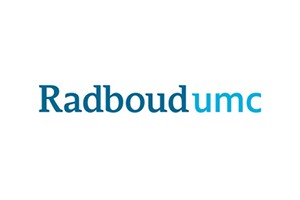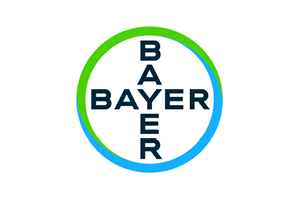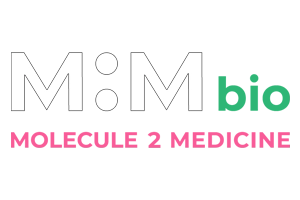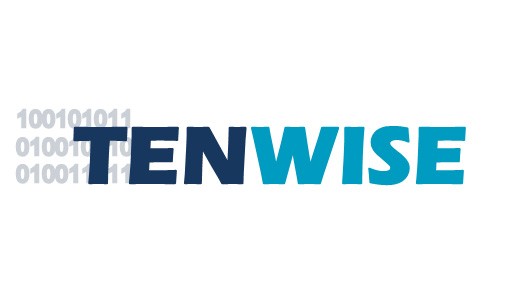Hit-to-lead optimization is a crucial phase in the drug discovery process, where novel compounds, often identified through High Throughput Screening are evaluated to determine their suitability for further optimization towards leads.
Hit-to-lead profiling occurs after the initial identification of a “hit” compound with desirable biological activity against a specific target, signaling pathway or phenotype. The primary goal is to transform these “hit” compounds into “lead” compounds with improved pharmacological properties, such as potency, selectivity, safety, and drug-like characteristics. This phase bridges the gap between identifying promising starting points (hits) and developing lead candidates ready for lead optimization and preclinical development.
How does Hit-to-Lead Profiling at Pivot Park Screening Centre work:
Hit identification
The process at Pivot Park Screening Centre can start with identifying hit compounds through (ultra-) high throughput screening (uHTS). Still, you can also use other methods to identify hits, such as virtual screening. Often, the identified hits have shown some level of activity against the target or phenotype of interest, albeit with limited potency or other issues.
To continue the drug discovery process, we provide Hit-to-Lead profiling solutions. Our services consist of validating target engagement, testing and monitoring improvements in potency and other pharmacological parameters, and addressing the novel hit analogs’ selectivity, specificity, and safety liabilities in structure-activity relationship (SAR) cycles.
So whether it is a next step after your screen or a separate knowledge-based project, at Pivot Park Screening Centre, you can use our experience with our collection of immediately available assays, develop customized assays, or transfer your existing assays directly to us.
Hit-to-lead profiling can be performed on assays for a specific target (such as GPCRs, ion channels, transporters, enzymes, etc.) or tailor-based phenotypic assays. Several readouts are available, including all optical modalities (fluorescence intensity, fluorescence, polarization, HTRF, luminescence, absorbance, calcium flux, etc.), mass spectrometry, and high-content analysis.
During the hit-to-lead profiling process, we can, for example:
- Support computer-assisted expansion of your hit lists with commercially available analogs
- Determine potency (IC50 and EC50 values) against the primary assay related to the target or phenotype of interest
- Profile specificity using an orthogonal assay readouts
- Evaluate selectivity against close homologs of the primary target.
- Conduct proof of concept studies in physiologically relevant orthogonal assays and cell types.
- Investigate the mechanism of action, including residence time and mode of action.
Depending on your requirements, profiling can be conducted on-demand or at regular intervals to support hit-to-lead optimization processes. Data export to deliver the results can be customized to meet your needs.
Hit-to-Lead Chemistry
In this phase, medicinal chemists systematically modify the hit compound’s chemical structure. This involves making analogs and derivatives of the hit compound to improve their biological activities and chemical properties. Changes are made to improve binding affinity, enhance selectivity for the target and reduce off-target binding, and reduce undesirable chemical features to minimize pharmacokinetic liabilities while ensuring patentability. The Medicinal Chemistry (MedChem) part of the Hit-to-Lead program can be executed either at your location, by one of our partners, or by another provider you chose.

Hit-to-lead profiling is often an iterative process. As changes are made to the compound’s structure, the compounds are retested in biological assays and evaluated for improvements in activity and properties. This process continues until a candidate lead (and ideally backup candidates) with the desired characteristics is obtained. It then becomes a lead candidate suitable for preclinical development and further required improvements in lead optimization. For regular testing, the typical turnaround time from the arrival of compounds at Pivot Park Screening Centre to delivering results is approximately five working days.
Your Hit-to-Lead optimization partner
The right partner for your hit-to-lead optimization project helps you with this crucial step in the drug discovery process. There are several factors to consider for this, one of the most important being your partner’s expertise. Look for a partner with a strong track record in hit-to-lead optimization. If the company has experience with similar targets or small molecules and maintains industry-standard operations, this can provide reassurance about its capabilities.
You can choose a CRO dedicated to Hit-to-Lead profiling, which often has a high level of expertise and specialization in this area of focus, making them highly skilled in the specific techniques and assays related to hit-to-lead optimization. Alternatively, you can choose a full-service CRO; these offer a wide range of services but may have a different depth of specialization in each specific area compared to dedicated CROs.
Another important aspect is the flexibility and the ability to adapt to your project’s requirements and goals. It is invaluable when a partner can adapt to unforeseen challenges and stick to the project’s timelines and budget.
References can provide a good insight into the company and the quality of its services. Contact us for our references in Hit-to-Lead profiling.
In conclusion, the right hit-to-lead provider depends on the specific needs of your drug development project, the specialization required, budget constraints, and the desired level of integration.






